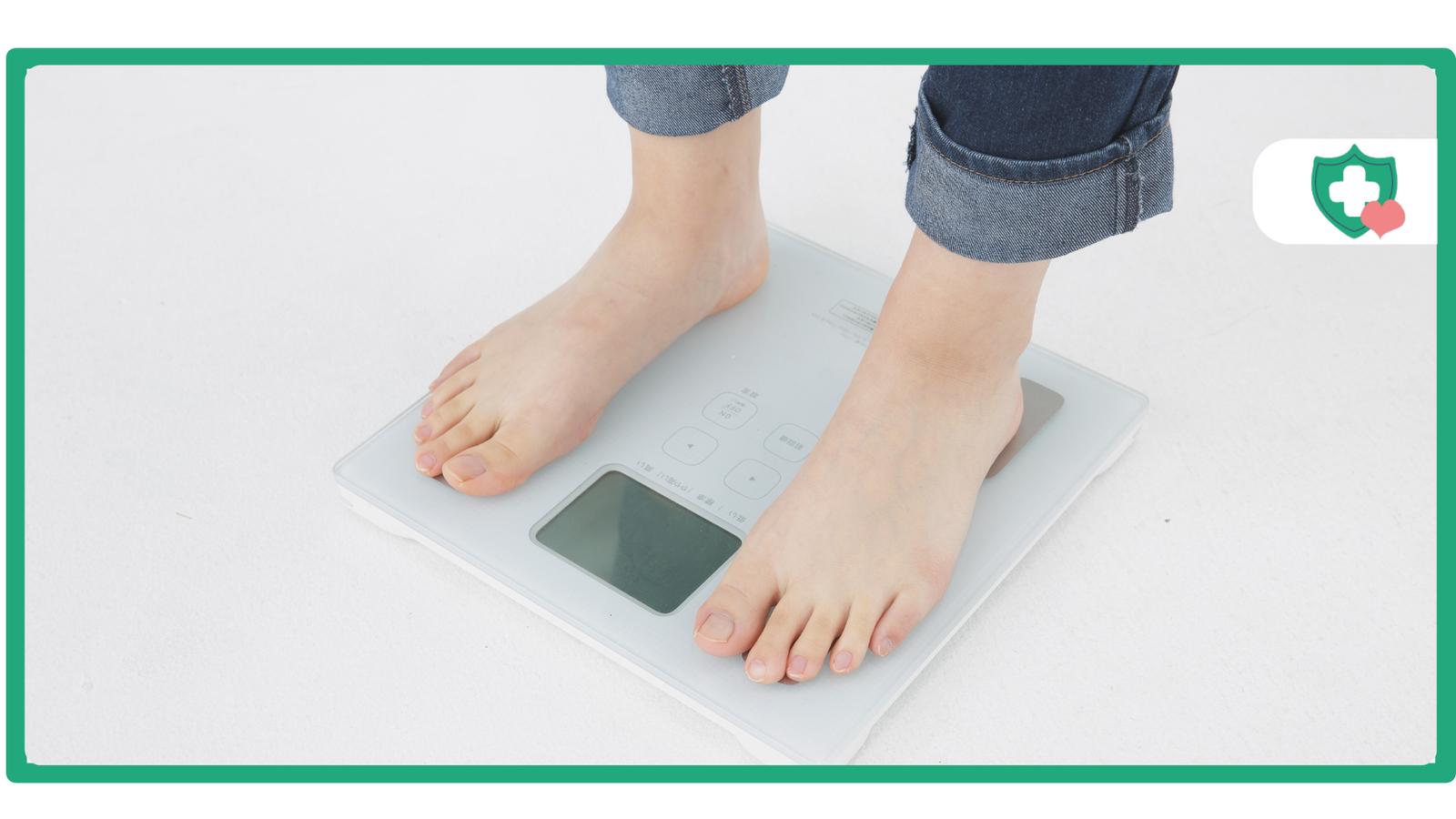Tirzepatide is a dual-action medication praised for its ability to manage type 2 diabetes and promote weight loss. With its groundbreaking results, it’s becoming a go-to option for people seeking to improve their metabolic health.
However, like all medications, tirzepatide can have side effects. One question often raised is: Can tirzepatide cause joint pain? In this article, we’ll explore the potential link between Tirzepatide and joint pain, what could be causing this side effect, and how to manage it.
What Is Tirzepatide and How Does It Work?
Tirzepatide works by targeting two important hormones, GLP-1 (glucagon-like peptide-1) and GIP (glucose-dependent insulinotropic polypeptide), to regulate blood sugar, curb appetite, and promote weight loss.
Key Benefits of Tirzepatide
- Blood Sugar Regulation: Improves insulin sensitivity and reduces glucose production.
- Weight Loss: Helps users shed an average of 15-20% of their body weight in clinical trials.
- Metabolic Improvements: Enhances cholesterol levels and blood pressure while reducing overall cardiovascular risks.
Thinking about starting Tirzepatide? Get expert guidance and a tirzepatide prescription through licensed doctors online.
Can Tirzepatide Cause Joint Pain?
While joint pain is not listed as a common side effect of Tirzepatide, some individuals report experiencing discomfort in their joints. This side effect is relatively rare but worth exploring for those who notice it during their treatment.
1. Inflammation as a Potential Factor
Medications like Tirzepatide can sometimes trigger inflammatory responses in the body. While these responses are typically mild, they could manifest as joint pain or discomfort, especially in individuals predisposed to inflammation-related conditions.
2. Rapid Weight Loss and Joint Stress
Tirzepatide promotes significant weight loss. While this is beneficial for overall health, the rapid reduction in weight can sometimes lead to temporary joint discomfort. The body adjusts to the reduced load, potentially causing mild aches.
3. Underlying Health Conditions
Pre-existing conditions like arthritis or other musculoskeletal disorders might flare up during Tirzepatide use. While the medication itself may not directly cause joint pain, these underlying conditions could be aggravated by changes in metabolism or weight.
How Common Is Joint Pain with Tirzepatide?
Joint pain is not a widely reported side effect of Tirzepatide in clinical trials. However, individual reactions to medications vary, and certain factors, such as pre-existing health conditions or lifestyle changes, could increase the likelihood of experiencing this issue.
How to Manage Joint Pain While on Tirzepatide
If you’re experiencing joint pain while using Tirzepatide, here are practical steps to help alleviate the discomfort:
1. Stay Hydrated
Dehydration can exacerbate joint pain by reducing lubrication in the joints. Ensure you’re drinking enough water daily, especially if you’re eating less due to Tirzepatide’s appetite-suppressing effects.
2. Incorporate Gentle Exercise
Low-impact activities like swimming, yoga, or walking can strengthen the muscles around your joints, providing better support and reducing pain.
3. Adjust Your Diet
Anti-inflammatory foods like fatty fish, nuts, and leafy greens can help reduce joint inflammation. Avoid processed foods and sugary snacks that might increase inflammation.
4. Use Over-the-Counter Remedies
Mild joint pain can often be managed with over-the-counter pain relievers, such as ibuprofen, or topical creams designed for joint relief. Always consult your doctor before adding medications.
5. Consult Your Healthcare Provider
If joint pain persists or worsens, speak with your healthcare provider. They can determine whether Tirzepatide is contributing to the issue and may adjust your dosage or recommend alternative treatments.
Looking for expert advice? Consult licensed doctors online and explore a tirzepatide online prescription today.
The Link Between Weight Loss and Joint Health
Weight loss is one of the most impactful benefits of Tirzepatide, but it’s worth noting that it can also affect your joints:
1. Reduced Joint Stress
For overweight individuals, losing weight can significantly reduce the stress on joints, especially in weight-bearing areas like the knees and hips. This often leads to less pain and improved mobility in the long term.
2. Temporary Adjustments
As the body adjusts to rapid weight loss, temporary discomfort in the joints is not uncommon. This typically resolves as the body stabilizes at its new weight.
Are There Other Side Effects of Tirzepatide?
While joint pain is rare, Tirzepatide does have other potential side effects. These include:
- Nausea or Vomiting: Common in the initial stages of use.
- Diarrhea or Constipation: Related to changes in digestion.
- Fatigue: Some users feel more tired as their body adapts to the medication.
Most side effects are mild and temporary, but any persistent issues should be discussed with your doctor.
Who Should Consider Tirzepatide?
Tirzepatide is ideal for individuals looking to:
- Manage type 2 diabetes.
- Achieve significant weight loss.
- Improve overall metabolic health, including cholesterol and blood pressure.
Take the first step toward a healthier you by connecting with licensed doctors for a Tirzepatide Prescription for Weight Loss.
Conclusion
While joint pain is not a common side effect of Tirzepatide, some users may experience it due to factors like inflammation, rapid weight loss, or pre-existing conditions. In most cases, this discomfort is temporary and manageable with hydration, exercise, and dietary adjustments. However, if the pain persists, consulting with a healthcare provider is essential.
Tirzepatide remains a highly effective option for those looking to improve their metabolic health and achieve significant weight loss. If you’re ready to explore Tirzepatide, start today with a tirzepatide online prescription and discover how it can transform your health.
FAQs About Tirzepatide and Joint Pain
1. Can Tirzepatide directly cause joint pain?
While joint pain is not a common side effect, some users may experience it due to inflammation or rapid weight loss.
2. How can I manage joint pain while on Tirzepatide?
Staying hydrated, eating anti-inflammatory foods, and engaging in low-impact exercises can help alleviate discomfort.
3. Should I stop Tirzepatide if I experience joint pain?
Not necessarily. Consult your doctor to determine the cause of the pain and explore potential solutions.
4. Does Tirzepatide improve joint health in the long term?
Yes, by promoting weight loss, Tirzepatide can reduce stress on weight-bearing joints, leading to long-term improvements in joint health.
5. How do I start Tirzepatide?
You can connect with licensed doctors online for a tirzepatide online prescription and begin your treatment journey today.















